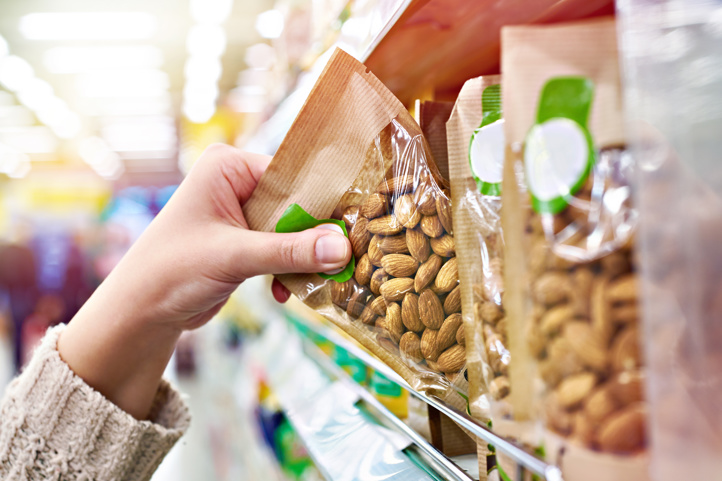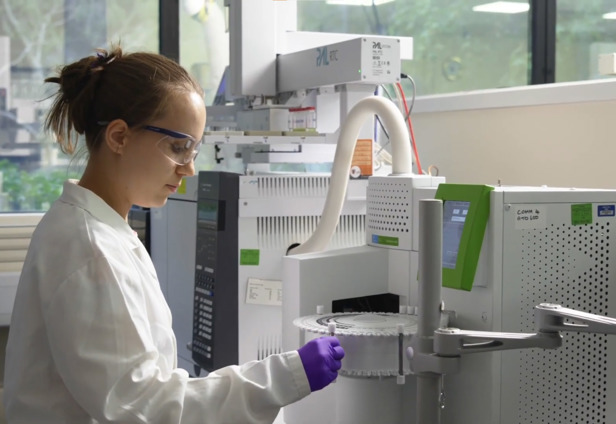Chemical & migration testing
Demonstrating that the packaging material is safe to use as a Food Contact Material (FCM) is essential - both to safeguard consumers and meet strict regulatory guidelines. This involves carrying out detailed analysis to test for the presence and migration of substances potentially hazardous to health.
This generally means demonstrating that they don’t transfer into - or onto - the food and accumulate at levels considered toxic. It’s also worth noting that although chemical testing is mandated, other substances used in packaging materials are not yet subject to the same rules - but still demand attention:
- Intentionally added substances (IAS): Restricted and subject to strict limits
- Non intentionally added substances (NIAS): Restricted and subject to strict limits
- Nanoparticles: Must be absent or present at levels that aren’t a significant risk to health
- Allergens: Products must be labelled correctly, both for presence and potential contact
- Novel materials: Must be inactive or non-migratory.
Physical & mechanical testing
Testing the physical and mechanical properties of a new packaging material will answer important questions about its performance during handling, transit and storage. Given that even the smallest of holes can result in microbial spoilage, you need to be confident that it will maintain product integrity right up to the point of consumption.
So rather than relying on visual inspection systems, which can overlook tiny defects that are too small to see but large enough to cause problems, specific analytical techniques offer an added layer of security.
And there are commercial advantages too. Measuring frictional characteristics between the packaging material and any surface it’s likely to come into contact with (including its own), for instance, has important implications for filling speed and machine wear. While analysing the strength of packaging seals under different conditions can help you optimise the production line and potentially avoid costly downtime due to packaging failure.
You can even use this analytical data to inform computer-based modelling systems to reliably predict how different prototypes will behave in real life – before committing to one solution.
Of course, the consumer will be the ultimate judge. So it’s well worth using wider mechanical techniques to investigate the user experience, such as how easy packaging is to open, reseal and empty. After all, less waste means greater sustainably gains.

